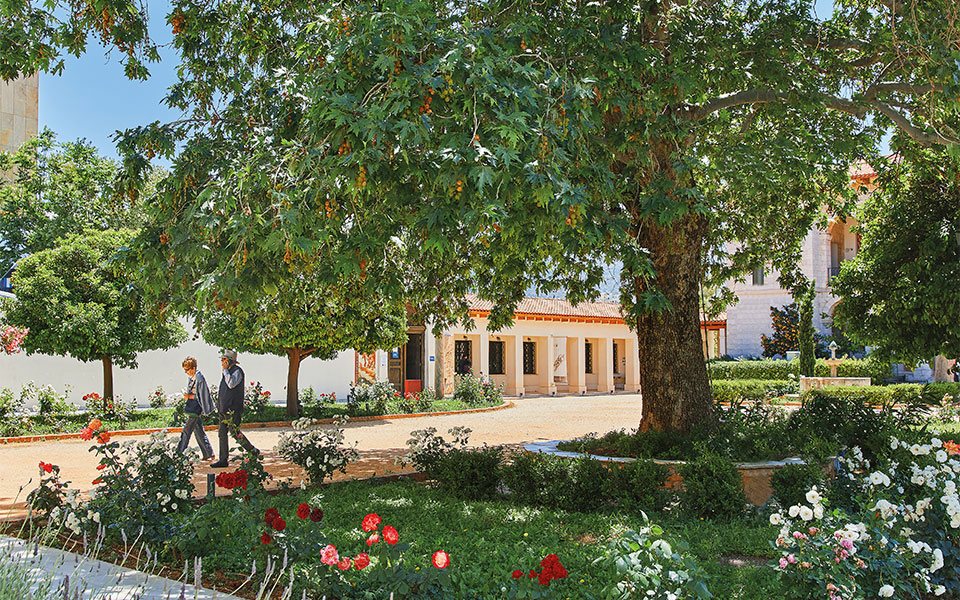“The old pond;
A frog jumps in –
The sound of the water.”
I didn’t see any frogs along the ancient paths at Kerameikos, Plato’s Academy or Aristotle’s Lyceum. But my mind often returned to this beautiful poem attributed to the Japanese poet Matsuo Basho, as I spent some time in places that encourage silence, tranquility, contemplation or simply the emptying of the mind. We have come to view Athens as an unwelcoming or hostile place for people who just want to relax or find a small refuge from the madness of big-city life; and to a large degree, this is the truth. But at the same time, it is a type of self-fulfilling prophecy; because we find it hard to shake our habits, we don’t stray far enough off course. This is precisely what we’re attempting in suggesting the following spots: to change course and follow the roads that take us to the lesser-known Athenian “havens.” In fact, if we really look, they can be found everywhere around us.
The Norwegian explorer and publisher Erling Kagge writes in his book Silence: In the Age of Noise: “Shutting out the world is not about turning your back on your surroundings, but rather the opposite: it is seeing the world a bit more clearly, staying a course and trying to love your life. Silence in itself is rich. It is exclusive and luxurious. A key to unlock new ways of thinking. I don’t regard it as a renunciation or something spiritual, but rather as a practical resource for living a richer life.”
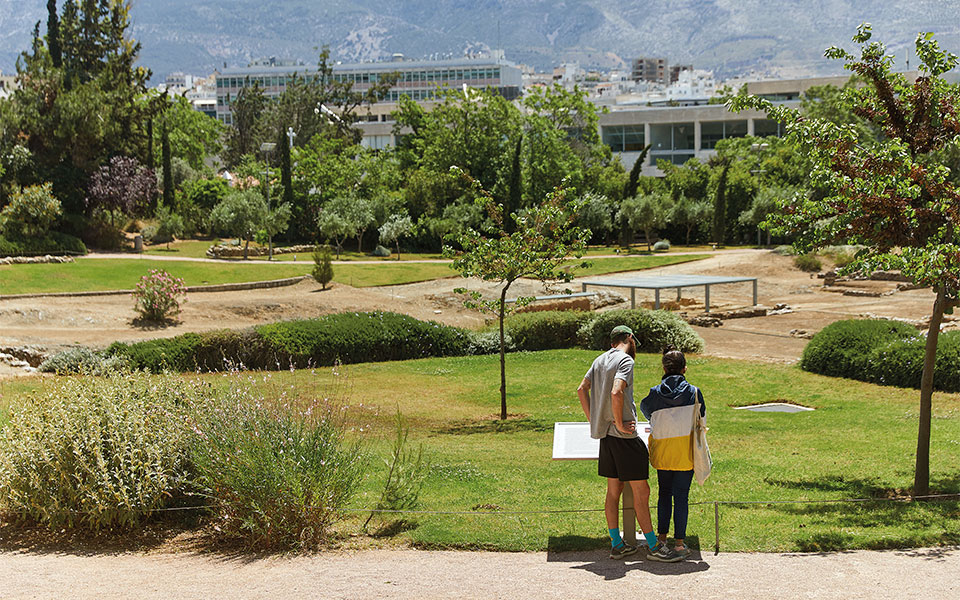
© Dimitris Vlaikos
Aristotle’s Lyceum
Officially, this is an archaeological site; on Rigillis Street, south of the Sarogleio Mansion and north of the Athens Conservatory, are the ruins of a palaestra from Aristotle’s Lyceum, one of the first lyceums in ancient Athens. According to ancient accounts, the Lyceum was an idyllic, verdant suburb on the east of Athens, outside the Diochares Gate. Today, a visit to the Lyceum, which was only recently discovered by archaeologists in 1996, is a soothing treat. It is one of the most well-presented archaeological spaces, as it encourages contemplation, reflection and aesthetic pleasure amidst the matchless combination of archaeological findings and Mediterranean verdure.
Info
11 Rigillis
Summer opening hours: daily, 08:00-20:00
Entry €4
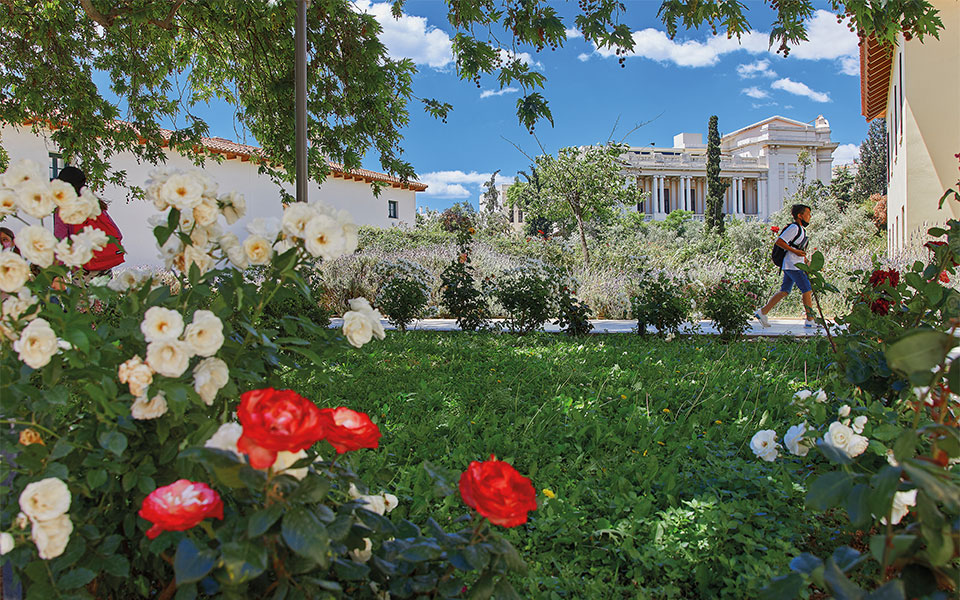
© Dimitris Vlaikos
Gardens of the Byzantine Museum
Every time I stroll into the one-hectare park behind the Palace of the Duchess of Plaisance, it’s difficult for me to express my sense of joy, as I wander around, gazing at the fruit trees, herb plants and countless bushes, where the ancient Ilissos River once flowed. At the same time, it saddens me that the vision of our dearly departed Dimitris Konstantios (former director of the Byzantine and Christian Museum) has not been embraced by more Athenians or visitors. The maintenance of the grounds could be better but, even so, the wild natural setting, in combination with small, permanent outdoor exhibitions, should be a constant magnet for all hunters of well-hidden urban oases.
Info
22 Vasilissis Sofias
Opening hours: 08:00-20:00
Admission free
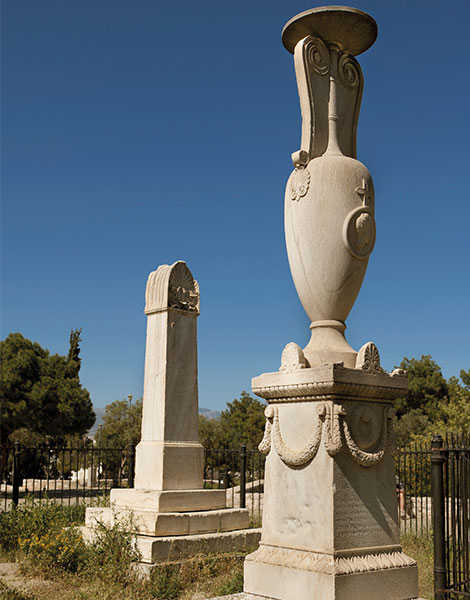
© Dimitris Vlaikos
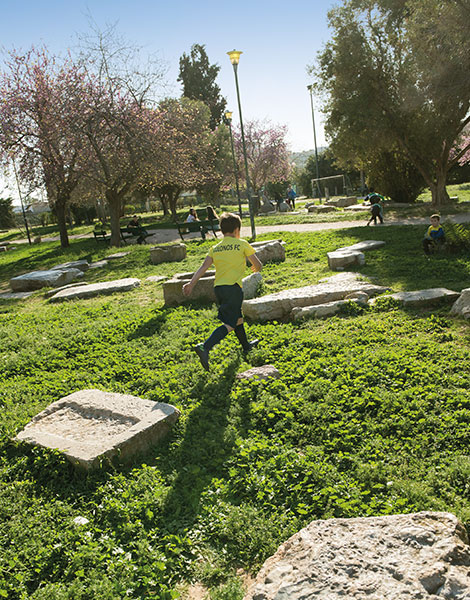
© Vangelis Zavos
Hill of Hippio Kolonos
The neighborhoods and roads embracing Hippio Kolonos Hill and Skouze Hill are in and of themselves a journey through time, to a gentler, less urbanized Athens with a much lower skyline. You wonder how so many low houses have survived, preserving a 1950s city setting on large busy streets such as Ioanninon. In contrast, there’s a lovely sense of tranquility to be found on the slopes of the two hills; on the highest point of Kolonos Hill, you’ll find two monuments to philhellene archaeologists: one to the German Karl Müller (1797-1840), and the other to the Frenchman Charles Lenormant (1802-1859).
Info
Access via Sepolia Metro Station
Plato’s Academy
Juan is from Spain and his partner Manon is from France. They study and work in London. This is their first trip after the pandemic. “How did you get here?” asks our ever-outgoing photographer, Vangelis Zavos. “Come on! How could we visit Athens and not come to Plato’s Academy?” they answer almost simultaneously, and I must admit their answer surprises me. Really, how many Athenians know where Plato’s Academy actually is? A paradoxical (though not always pleasurable) combination of urban park, neighborhood playground and archaeological site, this extended green space carries a certain symbolic weight, offering many different opportunities for reading, quiet contemplation or just solitude in the cool shade of the Academy’s trees.
Info
26 Eteokleous, Athens
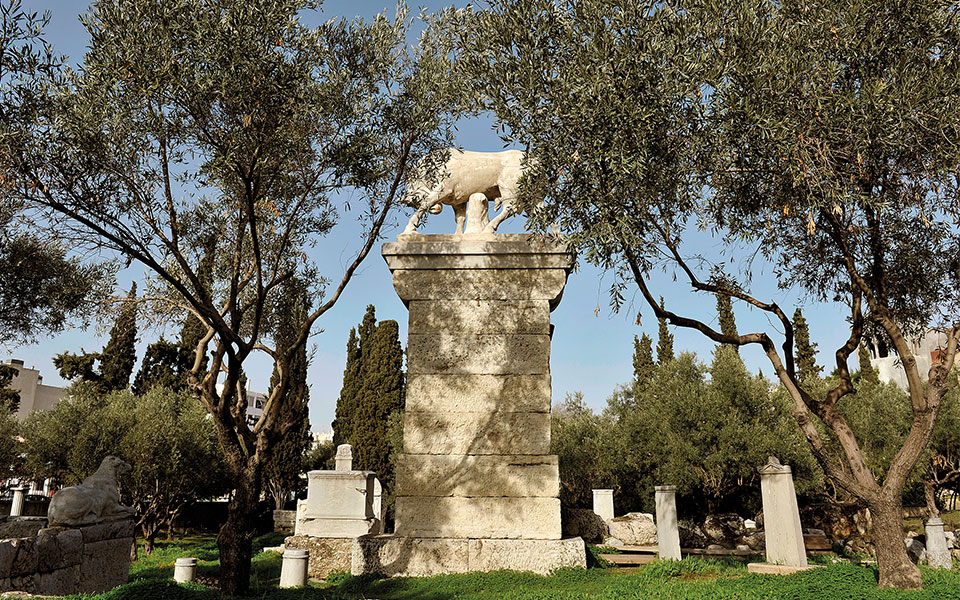
© Dimitris Vlaikos
Kerameikos
A friend once told me: “I once dreamed of Kerameikos without its railings.” Of course, he was referring to the cemetery of ancient Athens, not the surrounding neighborhood. The truth is that the charm and the mystical aura of the space help make you forget where you are as you walk through the grounds. This is why one visit is never enough. The historically significant artifacts in front of you aren’t even that important; you walk by graves, funerary monuments, and relief sculptures on grave steles, and either you recognize them or you don’t. Kerameikos has its own soul, refreshed by the waters of yet another ancient river, Eridanos – a shimmering soul reflecting the blinding light of death.
Info
148 Ermou
Opening hours: 08:00-20:00
Last entry 19:40
Entrance fee €3
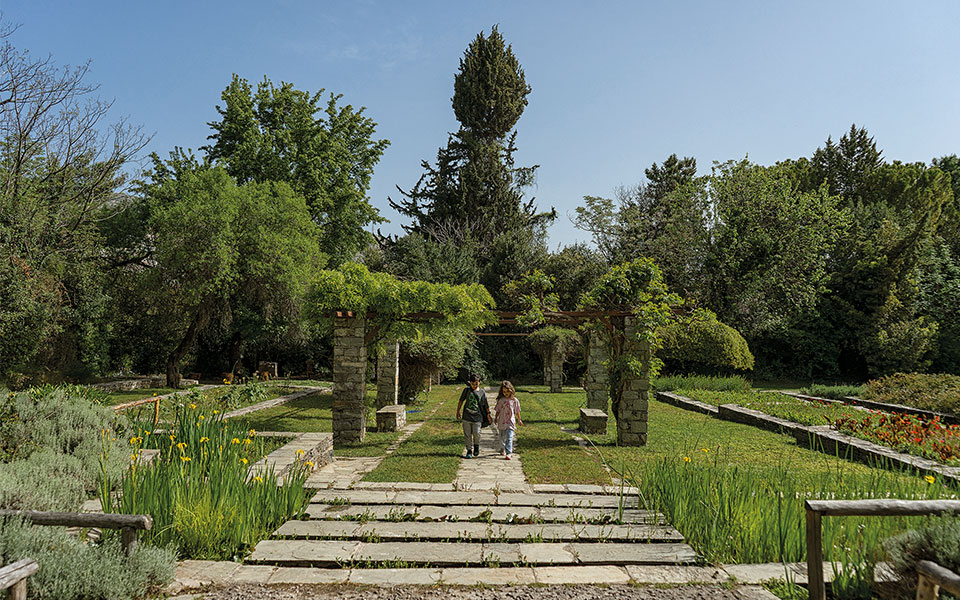
© Marika Tsouderou
Diomedes Botanical Garden
If this magical place were a little bit closer to the center of Athens, it would be flooded by people every day. Instead, it’s located on the fringes of Haidari, at the end of the Iera Odos, and its popularity, such as it is, is due to the endless word of mouth praise from people fortunate enough to have visited this wonderful haven. In any case, the expansion of the metro westwards (Aghia Marina Station) has made the trek somewhat less adventurous; a car ride is no longer required. Either way, it’s worth the trip: 186 hectares of land, 4,000 endemic and foreign plants, a network of 25 lakes and other water elements, more than 100 species of roses, and dozens of flowerbeds in bloom create an impressive nature-lover’s haven that will definitely reward those trying to put some distance between themselves and our noisy urban world.
Info
403 Iera Odos
Opening hours: 08:00 to sunset
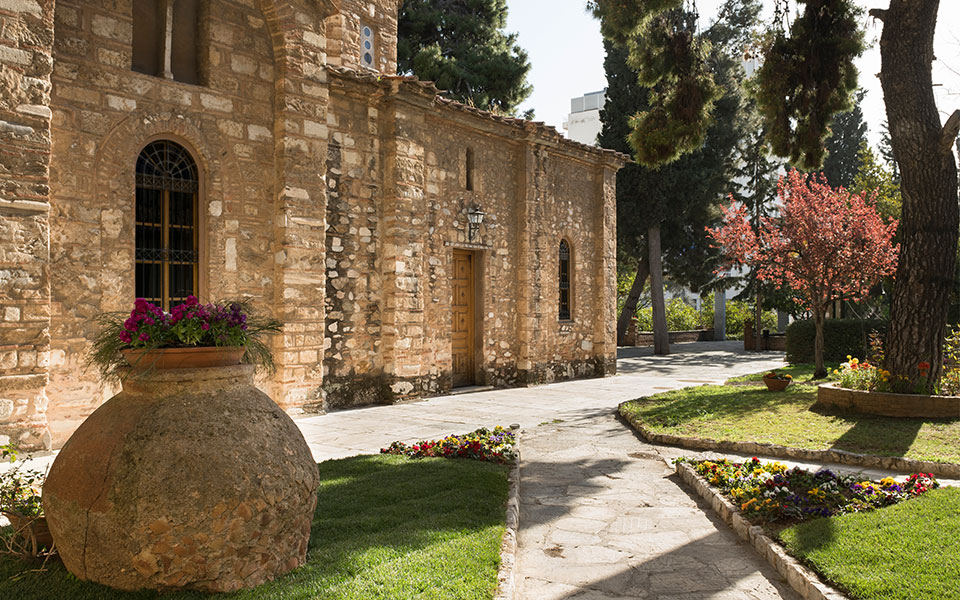
© Vangelis Zavos
Petraki Monastery
The fact that this is the official seat of the Holy Synod of the Orthodox Church of Greece might put people off visiting this miniscule treasure – both spiritual and environmental – located on Gennadiou Street, and that would be a shame. The courtyard of the monastery, with its representative sample of Attica’s flora in the form of cypress, pine and palm trees, as well as so many other plants, exudes an intoxicating aroma very early in the spring. Seated on a humble bench with your eyes closed or, if you must, wide open, you’ll feel a sense of renewal, calm and perhaps spirituality, just 200 meters from bustling Vasilissis Sofias Avenue.
Info
14 Ioannou Gennadiou
Access isn’t possible from 14:00 to 17:00

